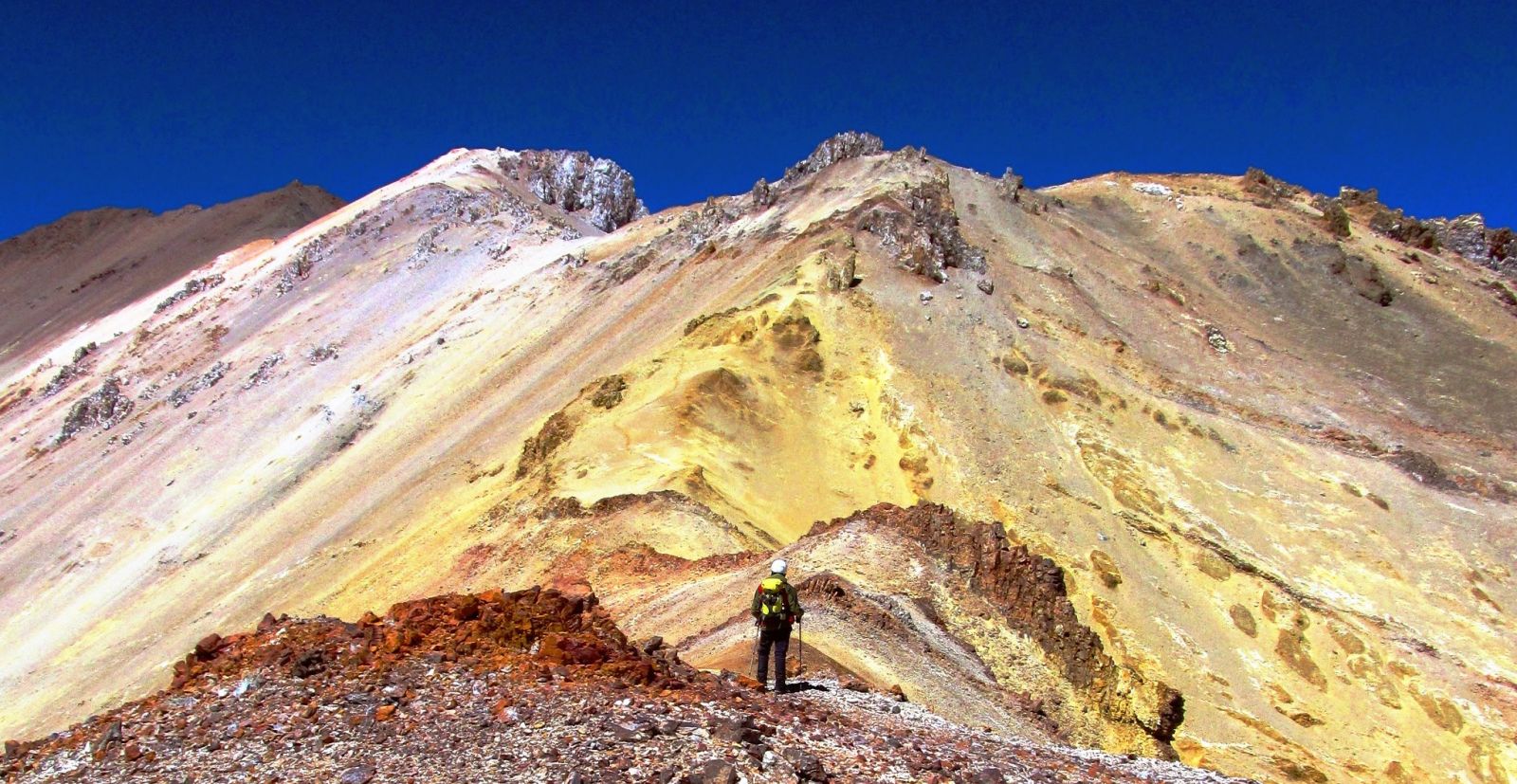
Hometown: Toronto, Ontario
Graduate Research Focus:
I am in the second year of my Ph.D. investigating siliciclastic source rocks for base metals in the Proterozoic sediment-hosted zinc-lead Vazante mining district, Minas Gerais, Brazil.
This is a project co-supervised by Dr. Gema Olivo and Dr. Dan Layton-Matthews in collaboration with Votorantim Metais, a privately-owned, diversified Brazilian mining company that is among the world’s largest zinc producers.
The question of source rocks for metals in sediment-hosted ore districts is only just beginning to be tackled in mineral deposit studies while it is a well-established practice in the petroleum industry. The obvious applicability of this research is to understanding large-scale base metal mobility in basinal ore systems such as SEDEX, MVT, and Irish-Type Zn-Pb deposits, and ultimately will aid in developing new models for effective exploration.
What is your background?
I completed my B.Sc. (Honours) at the University of Toronto in Geology and Chemistry in 2008. Following which I spent time working in Mexico exploring for intermediate-sulphidation Au-Ag deposits and working for a drilling company in the Middle East.
I took up graduate studies and a M.Sc. at the University of Alberta in 2009 studying SEDEX deposits in the Selwyn Basin, YT and NWT (the black and white picture), which I completed in 2011.
Following this, I worked for in exploration for Barrick Gold in South America, based out of Chile from 2011 till 2014. I spent two years exploring for Au-rich porphyry and epithermal systems in the Maricunga Belt in the high Chilean Andes working at altitudes up to 6,000 m above sea level (see second picture!), and a final stint working in new exploration opportunities all over the South American region.
Some people like to separate their lives in to when they were a student and when they started working. I will always live in both worlds and that is part of my success.
Why I chose to do a Ph.D.:
Ultimately, choosing to take on the challenge of doctoral studies was a process of self-understanding for me. You always have to do something for the right reasons. The notion of deciphering the answer to a question that nobody has solved before, contributing to mineral deposits research, and generating innovative, applicable new techniques is what drives me. I’m very happy with the decision I made.
 Why Queen’s?:
Why Queen’s?:
The project, my supervisors and the department itself. All of these things go hand in hand.
I wish to become an expert in sediment-hosted ore deposit systems and the chance to work on a prolific zinc-producing district in Brazil was a no-brainer.
Both Dr. Olivo (Carlin Au) and Dr. Layton Matthews (SEDEX and VMS) have very strong backgrounds working in sediment-hosted ore deposits, they both give me great supervision while at the same time, let me work independently. Furthermore, the analytical facilities at QFIR are world-class.
Last but not least, the chance to interact with some of the incredible sedimentology and geochemistry faculty (Drs. Kyser, James, Dalrymple) on a regular basis and learn from them as well. This shapes my development as a sedimentary geochemist further every chance I get to interact with them.
At the end of the day, Queen’s had the entire package for me.
Student involvement/extracurricular activities I am involved with:
I am part of the 3-member team that coordinates the weekly geo-colloquium talks at the department. I love giving graduate students the chance to present their research and practice their presentation skills in front of a friendly audience at the end of a week. I also handle beverage distribution for these gatherings.
I am currently vice-president of the Queen’s SEG student chapter. We are focused on exposing our students (grads and undergrads) to all facets of economic geology: from fieldtrips to Sudbury, to deep discussions about the future of mining and mineral exploration relating to social responsibility, community relations, technology, and obviously, ore deposit models.
I am also on the global student committee for the SEG and will be taking up the position of committee chair in January. I hope to use this platform to better connect the SEG with its student members all over the world.
Who and what has influenced me the most:
My Mom. In so many ways: From being the hardest-working person I’ve ever known to always encouraging me to pursue my goals and dreams. In terms of my career, it was she who suggested I try geology out in the first place so every single mentor I’ve got (and there are a lot!) is a result of her.
After I graduate, I plan to: I plan to see what the situation is when I get there. There are many things on my horizon and in my mind, but I’ll have a better idea when I am closer to finishing.
One big goal I’d like to accomplish during my lifetime: I have two 1. I want to see as much of this big, old, wonderful world and the rocks in it as is possible, and 2. To speak at least 5 languages.